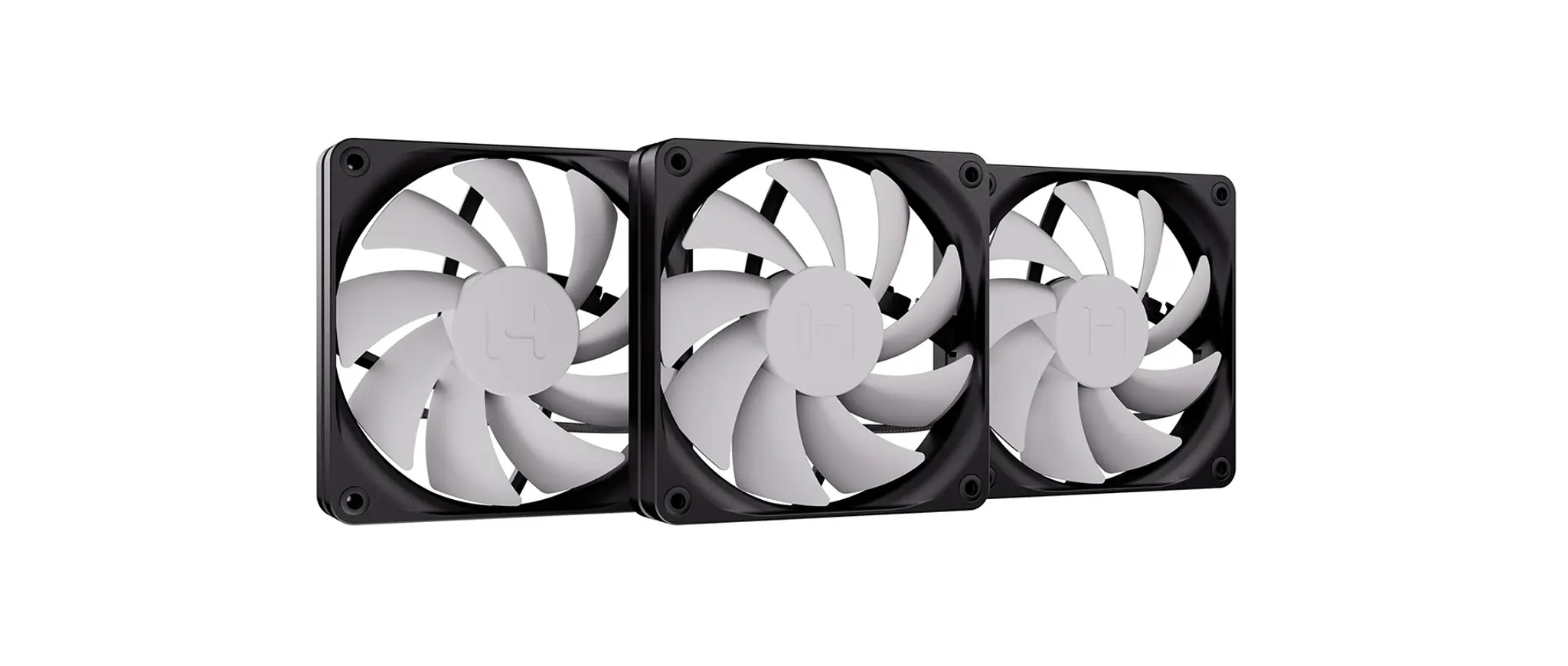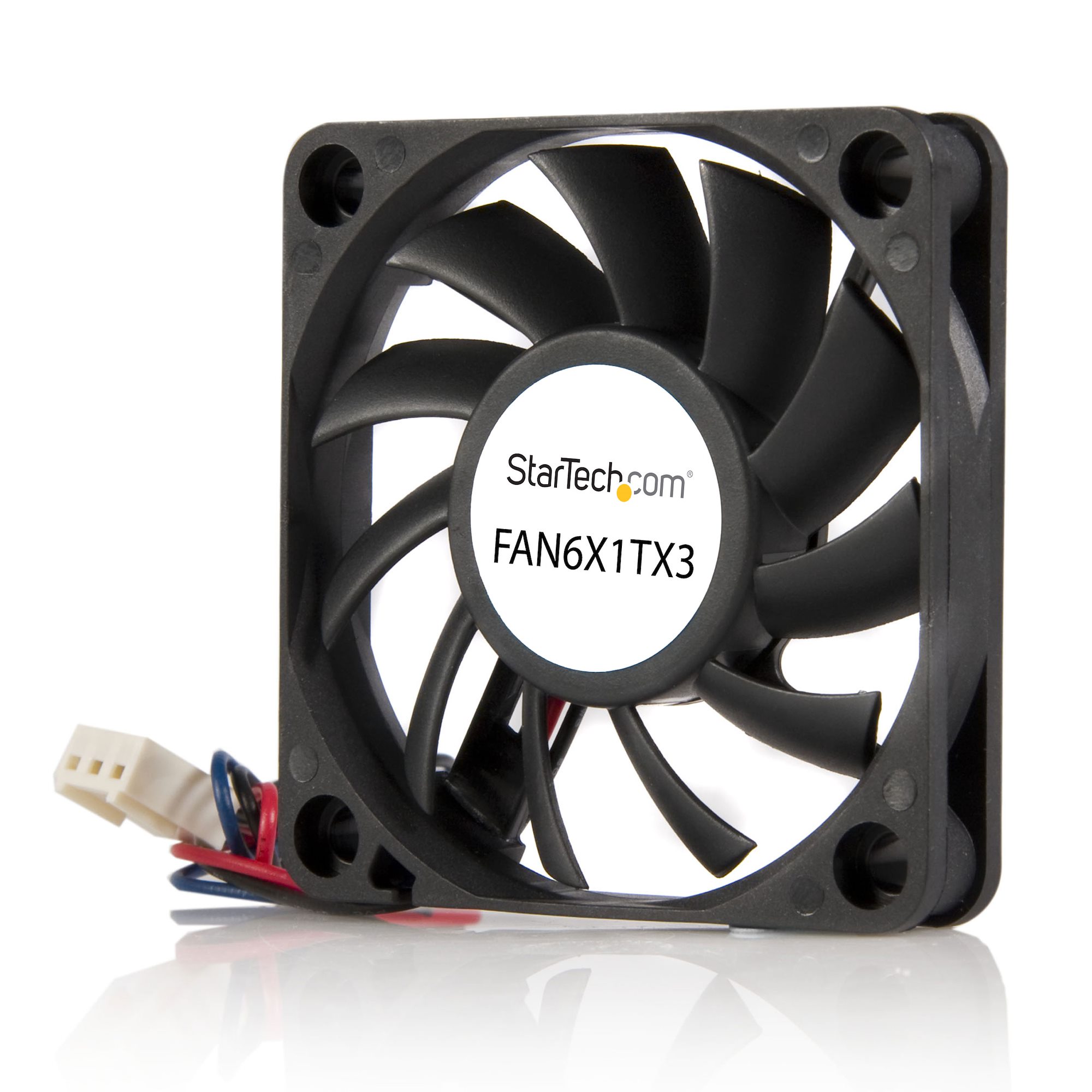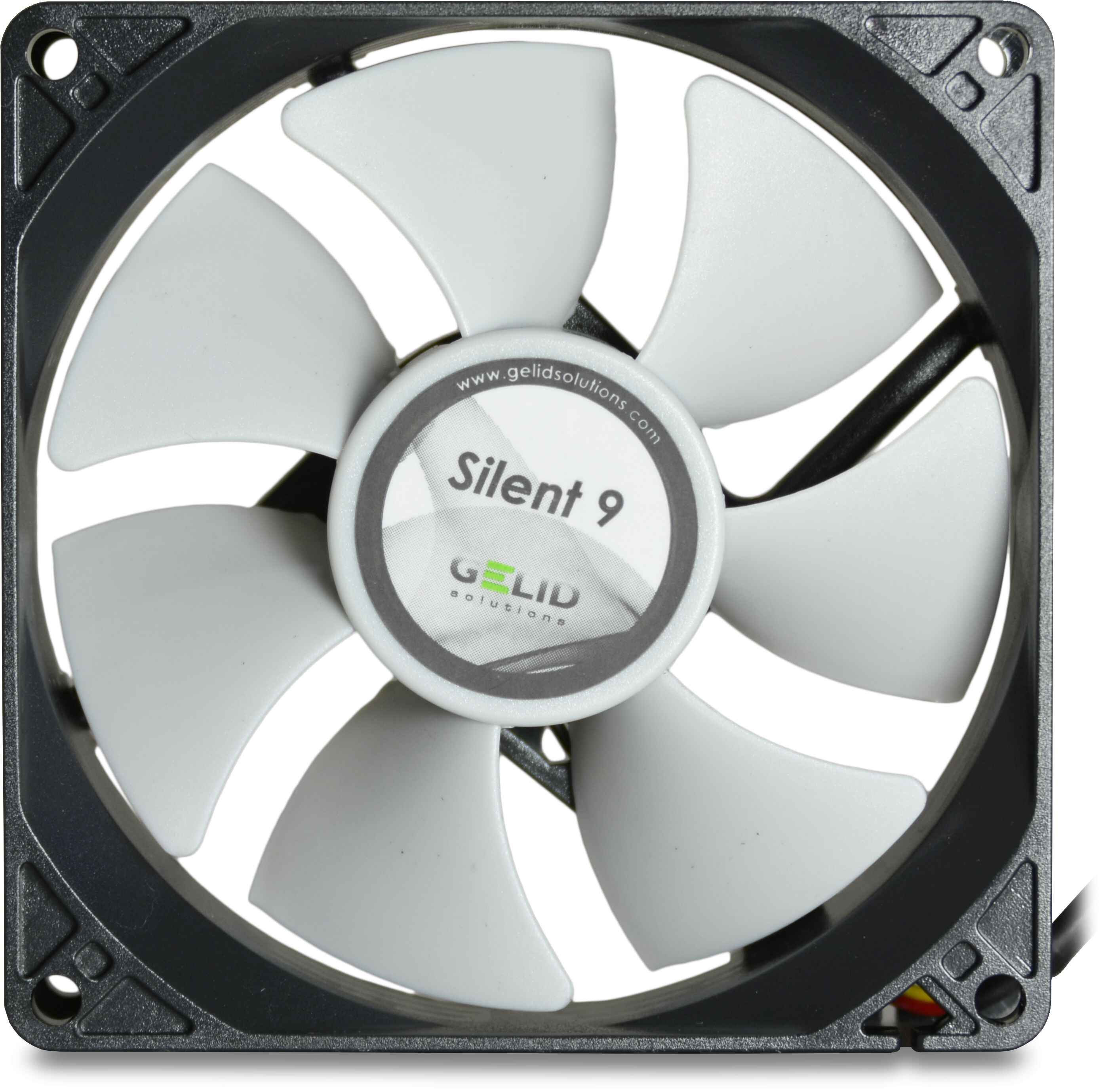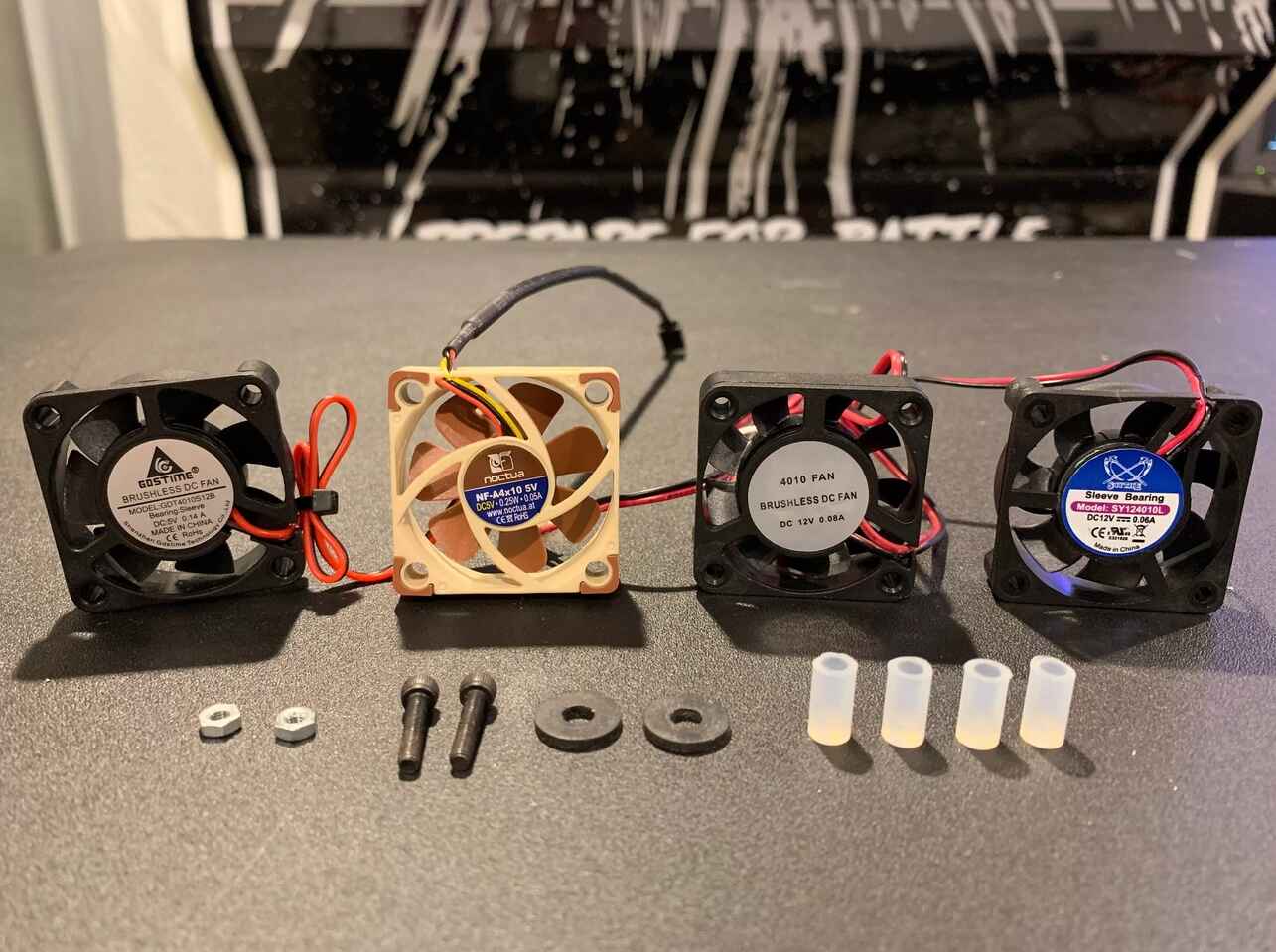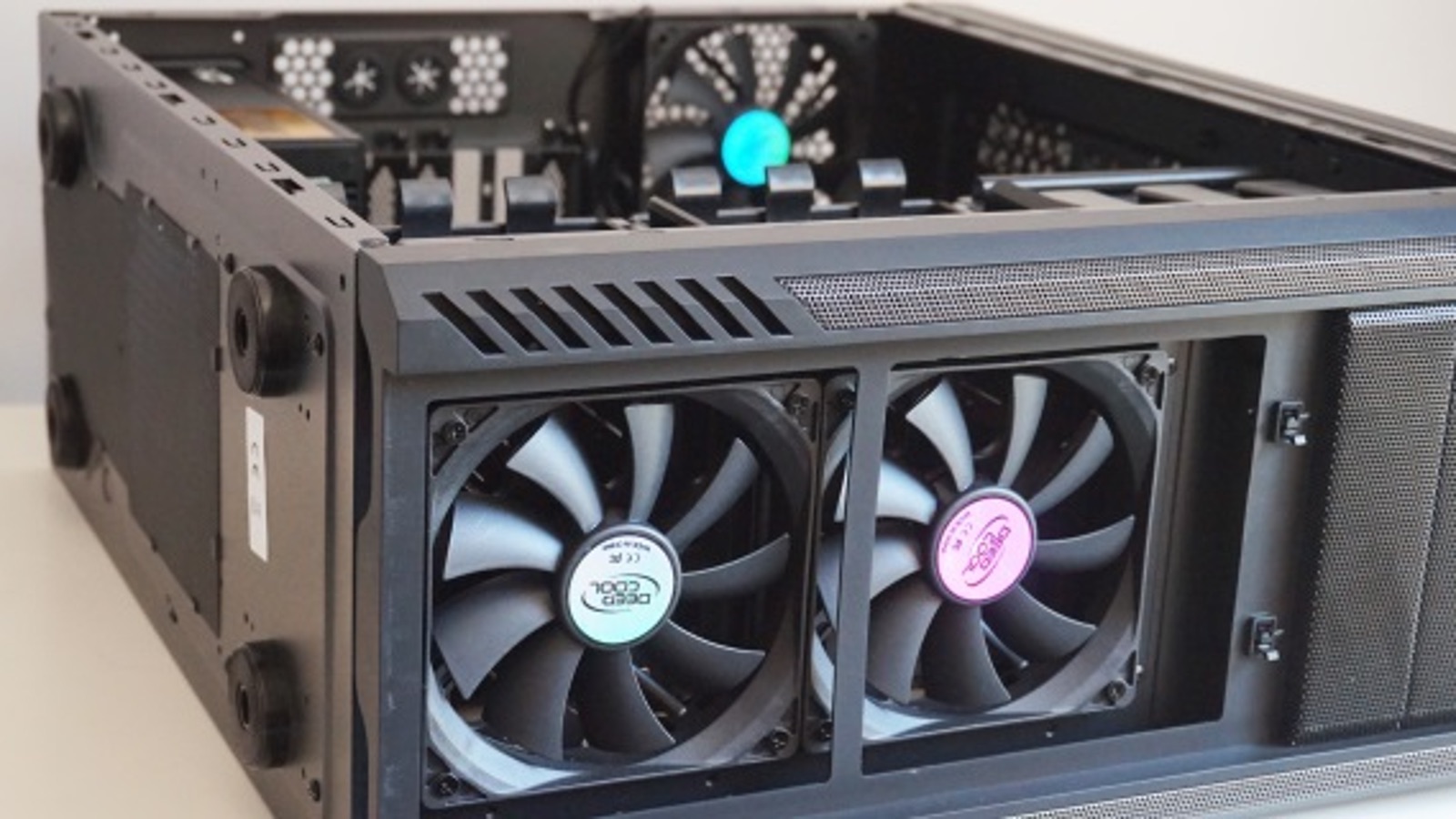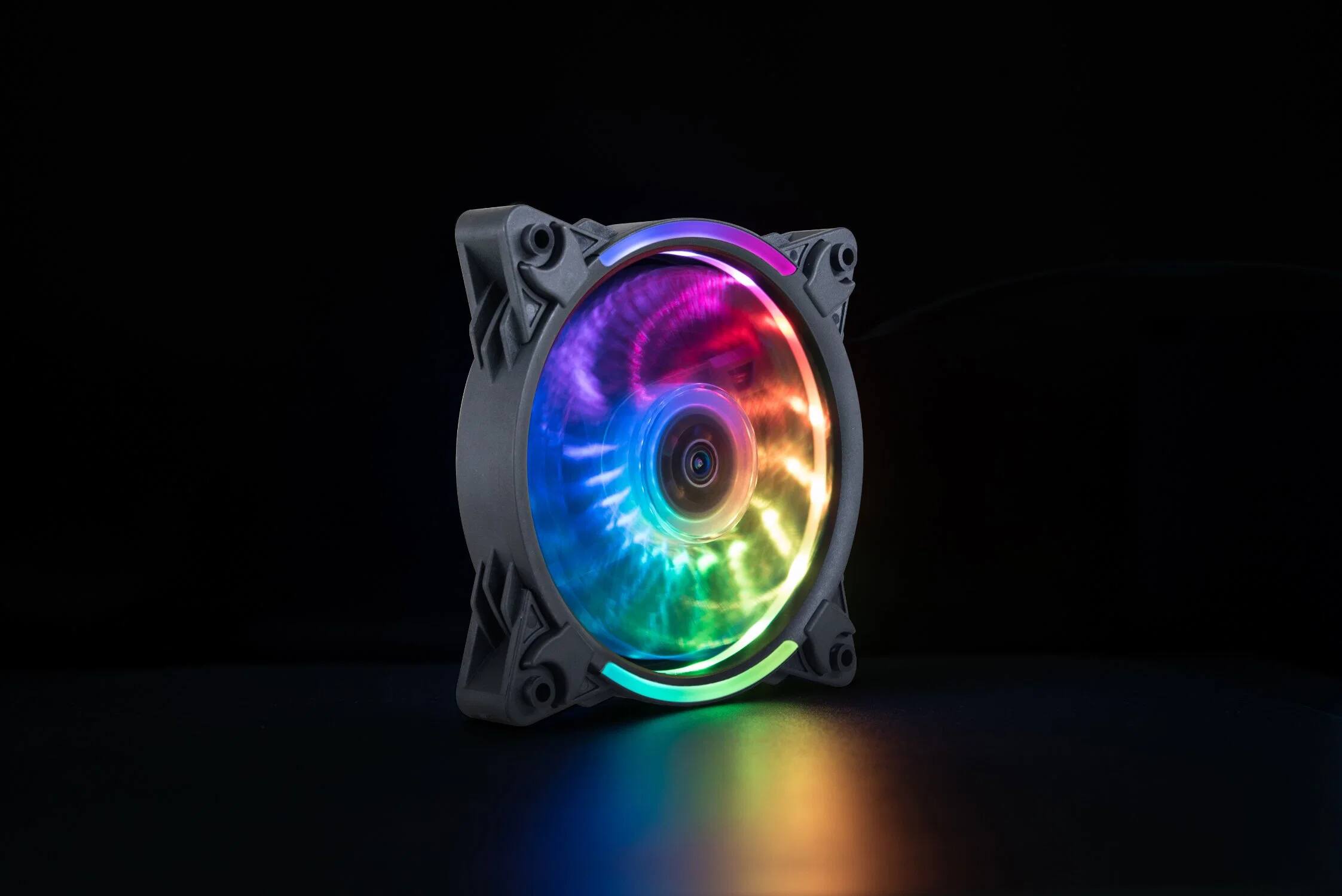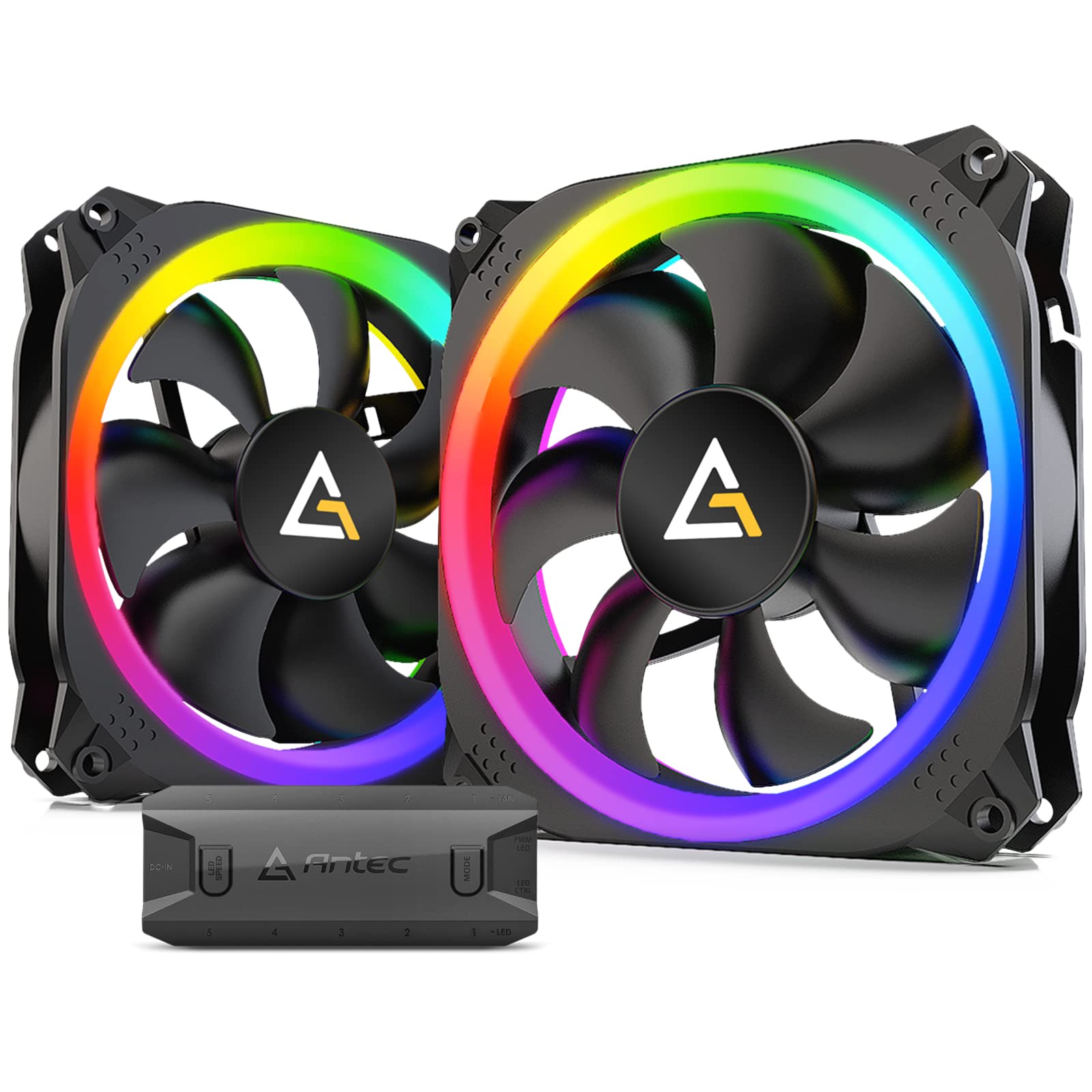Introduction
When it comes to choosing a case fan for your computer, there are several factors to consider. One of the most important considerations is the type of bearing used in the fan. The bearing plays a crucial role in the fan’s performance, durability, and noise level. It determines how smoothly and efficiently the fan spins, as well as how long it can sustain continuous operation.
There are several types of bearings commonly used in case fans, each with its own advantages and disadvantages. Understanding the different types can help you make an informed decision when selecting a fan for your system. In this article, we will explore four popular bearing types – sleeve bearings, ball bearings, fluid dynamic bearings, and magnetic bearings – and discuss their characteristics and suitability for case fans.
It’s worth noting that there is no one-size-fits-all solution when it comes to choosing the best bearing for a case fan. The ideal bearing type will depend on various factors, including the intended use of the fan, the desired noise level, and the budget. By understanding the pros and cons of each type, you can make an informed decision that best meets your specific needs.
So, if you’re ready to dive into the world of case fan bearings, let’s explore the different types and discover which one might be the best fit for your computer system.
Sleeve Bearings
Sleeve bearings, also known as sleeve or plain bearings, are the most common and affordable type of bearing used in case fans. They consist of a stationary sleeve or cylinder and a rotating shaft or spindle. The spindle is usually made of metal, while the sleeve is typically made of oil-impregnated bronze or self-lubricating materials.
One of the key benefits of sleeve bearings is their simplicity. They have a minimalistic design with fewer moving parts, which translates to lower manufacturing costs. This affordability makes sleeve bearing fans a popular choice for budget-conscious users.
However, sleeve bearings do have their limitations. The lack of intricate components can lead to shorter lifespan compared to other types of bearings. Over time, the friction between the rotating shaft and the sleeve can cause wear and tear, resulting in decreased performance and increased noise levels.
Additionally, sleeve bearing fans are more susceptible to heat and high operational temperatures. The lack of proper lubrication makes them less suitable for systems that generate a significant amount of heat. If the fan is constantly running under strenuous conditions, the sleeve bearings may fail prematurely.
- Pros:
- Affordable and widely available
- Simple design with fewer moving parts
- Cons:
- Shorter lifespan compared to other bearing types
- Increased noise levels over time
- Less suitable for high-heat environments
Overall, sleeve bearings are a budget-friendly option for case fans, especially for systems with moderate usage and average heat generation. If noise is not a significant concern and the fan will not be subjected to extreme temperatures, a sleeve bearing fan can provide adequate cooling at an affordable price point.
Ball Bearings
Ball bearings are a popular choice for case fans that require enhanced durability and longevity. Unlike sleeve bearings, which use a rotating shaft within a stationary sleeve, ball bearings incorporate small steel balls between the shaft and the sleeve. These balls reduce friction and allow for smoother rotation.
The main advantage of ball bearings is their ability to handle higher loads and operate at higher speeds compared to sleeve bearings. The addition of steel balls reduces friction, which results in less wear and tear over time. As a result, ball bearing fans tend to have a longer lifespan and can maintain their performance even under more demanding conditions.
Furthermore, ball bearings offer improved stability and reduced noise levels. The steel balls provide a more stable and precise rotation, resulting in smoother airflow and less vibration. This makes ball bearing fans ideal for systems that require efficient cooling with minimal noise.
However, ball bearing fans generally come at a higher price point compared to sleeve bearing fans. The additional components and precision manufacturing contribute to the increased cost. Additionally, some users may find the initial noise level of ball bearing fans to be slightly higher than sleeve bearing fans, although this diminishes over time as the bearings break-in.
- Pros:
- Longer lifespan and increased durability
- Improved stability and reduced vibration
- Higher load capacity and operating speeds
- Cons:
- Higher cost compared to sleeve bearings
- Initial higher noise level (diminishes over time)
In summary, ball bearing fans are a great choice for those seeking increased durability, stability, and higher performance. They are well-suited for systems that demand efficient cooling with reduced vibration and noise levels. While they may come at a higher price point, the long lifespan and superior performance make them a worthwhile investment for enthusiasts and users with demanding computing needs.
Fluid Dynamic Bearings
Fluid dynamic bearings (FDB) represent another popular option for case fans. As the name suggests, these bearings utilize a thin layer of fluid, typically a lubricating oil, to reduce friction and provide smooth rotation.
The key advantage of fluid dynamic bearings is their superior durability and low noise level. The use of a fluid layer between the rotating shaft and the bearing helps minimize friction, resulting in reduced wear and tear. This prolongs the fan’s lifespan and ensures consistent performance over time. Additionally, the fluid acts as a natural dampener, minimizing noise and vibration during operation.
Fluid dynamic bearings are also known for their excellent heat dissipation capabilities. The fluid layer not only helps with lubrication but also helps dissipate heat generated during operation. This makes them a suitable choice for systems that generate a significant amount of heat.
However, fluid dynamic bearing fans tend to be more expensive than sleeve or ball bearing fans. The added complexity of the bearing design and the use of lubricating fluids contribute to the higher cost. Additionally, due to the reliance on the fluid layer, if the fan is used in an environment with extreme temperatures or subjected to frequent shocks or vibrations, the performance and longevity of the bearing may be compromised.
- Pros:
- Superior durability and extended lifespan
- Low noise levels and reduced vibration
- Excellent heat dissipation capabilities
- Cons:
- Higher cost compared to other bearing types
- Performance may be affected by extreme temperatures or shocks
To summarize, fluid dynamic bearings are an excellent choice for users seeking a durable and quiet cooling solution. Their ability to dissipate heat effectively makes them suitable for systems that require efficient cooling in high-heat environments. Although they come at a higher price point, the long lifespan and low noise operation make them a worthwhile investment for enthusiasts and users who prioritize performance and noise reduction in their computer systems.
Magnetic Bearings
Magnetic bearings represent a more advanced and innovative option for case fans. Unlike traditional bearings that rely on physical contact between moving parts, magnetic bearings utilize electromagnetic forces to suspend the rotor in the air, eliminating the need for physical contact.
One of the main advantages of magnetic bearings is their exceptional durability and maintenance-free operation. Since there is no physical contact between the rotor and the bearing, there is virtually no wear and tear, resulting in an extended lifespan and consistent performance over time. The absence of friction also means that magnetic bearings produce minimal noise and vibration during operation.
Another significant advantage of magnetic bearings is their ability to operate in any orientation. Unlike other bearing types that may experience performance issues when tilted or mounted vertically, magnetic bearings maintain their efficiency and stability regardless of their position. This makes them particularly suitable for systems where space is limited or unconventional angles are required.
However, magnetic bearing fans are typically more expensive than other bearing types. The advanced technology and precision engineering involved in creating magnetic bearings contribute to the higher cost. Additionally, the electromagnetic forces required for operation may consume a small amount of energy, although the efficiency gains and longer lifespan can offset this drawback in the long run.
- Pros:
- Exceptional durability and maintenance-free operation
- Minimal noise and vibration
- Operates in any orientation
- Cons:
- Higher cost compared to other bearing types
- Energy consumption associated with electromagnetism
In summary, magnetic bearings offer a cutting-edge solution for case fans, delivering superior durability, low noise levels, and versatility in any orientation. While they may come at a higher price and have slight energy consumption, the long lifespan, maintenance-free operation, and flexibility make them an attractive choice for users seeking top-of-the-line performance and reliability.
Conclusion
Choosing the right bearing type for your case fan is crucial to ensure optimal performance, durability, and noise reduction. Each bearing type – sleeve bearings, ball bearings, fluid dynamic bearings, and magnetic bearings – offers unique advantages and considerations.
Sleeve bearings are a cost-effective option suitable for moderate usage and average heat generation. They provide adequate cooling at an affordable price point, but their lifespan may be shorter, and noise levels can increase over time.
Ball bearings are known for their durability and stability, making them ideal for systems that demand higher performance and reduced vibration. While they come at a higher cost, their longer lifespan and superior performance make them a worthwhile investment.
Fluid dynamic bearings offer superior durability and low noise levels. They excel in dissipating heat, making them suitable for high-heat environments. However, they tend to be more expensive and may be affected by extreme temperatures or shocks.
Magnetic bearings represent an advanced option with exceptional durability and maintenance-free operation. They produce minimal noise and operate in any orientation, making them suitable for constrained spaces or unconventional angles. However, the higher cost and slight energy consumption associated with electromagnetism should be considered.
Ultimately, the best bearing type for your case fan depends on your specific needs, budget, and system requirements. Consider factors such as usage intensity, heat generation, noise tolerance, and long-term reliability when making your decision. By understanding the advantages and limitations of each bearing type, you can make an informed choice that will enhance the performance and functionality of your computer system.







